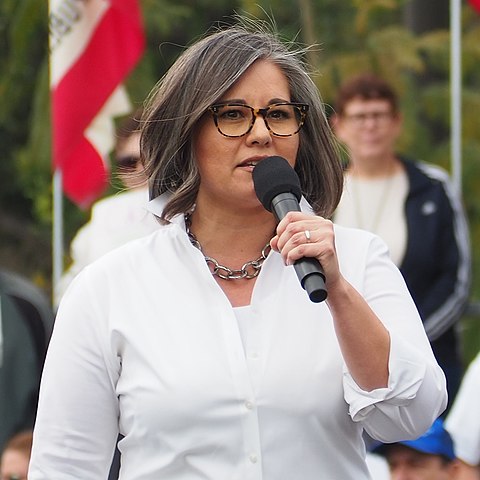In response to increasing concern about pervasive and persistent pollution caused by microplastics, the California Ocean Protection Council this week approved the first comprehensive microplastics strategy in the nation.
This leading-edge Statewide Microplastics Strategy identifies early actions and research priorities to reduce microplastic pollution in California’s marine environment. Worldwide, an estimated 11 million metric tons of plastic enter the ocean each year. Without any intervention, this amount is anticipated to triple by 2040. Over time, plastics break down in aquatic environments into pieces of ever-decreasing size, with those less than 5 mm in size known as “microplastics,” which are easily ingested by ocean life, causing harm such as tissue inflammation, impaired growth, developmental abnormalities, and reproductive complications.
Microplastics have also been found in human stool, lung, and placenta samples, and within soils and plants. Research in California has identified tire and road wear, synthetic textiles, cigarette filters and single-use plastic foodware as among the top sources of microplastics in California bay and ocean waters, sediment, and fish tissue. Precautionary management of microplastic pollution and upstream source reduction are the most effective response to this crisis.
Microplastics are considered pervasive and persistent global pollutants, with microplastics increasingly observed even in remote environments. The California Legislature recognized the need for a comprehensive plan to address this environmental challenge with the adoption of Senate Bill 1263 (Portantino) in 2018, requiring the California Ocean Protection Council (OPC) to adopt a statewide research strategy and identify early actions to reduce microplastic pollution in California’s marine environment.
“Microplastics are poisoning the ocean, both across the planet and off the California coast,” said California Natural Resources Secretary Wade Crowfoot. “We must take action, and this strategy shows us how. By reducing pollution at its source, we safeguard the health of our rivers, wetlands, and oceans, and protect all the people and nature that depend on these waters.”
“Some solutions, like stormwater infiltration projects and better compliance with nurdle discharge prohibitions, can reduce microplastics immediately,” said OPC Executive Director, Mark Gold. “But we cannot dramatically reduce microplastic pollution without leadership from the textile industry and tire manufacturers to produce consumer products that don’t add to the growing problem.”
This Statewide Microplastic Strategy provides a multi-year roadmap for California to take a national and global leadership role in managing microplastics pollution by utilizing a two-track approach to manage microplastic pollution.
The first track lists 22 immediate, “no regrets” actions and multi-benefit solutions to reduce and manage microplastic pollution:
Solutions include:
- Pollution Prevention: Eliminate plastic waste at the source (products or materials from which microplastics originate).
- Pathway Interventions: Intervene within specific pathways (stormwater runoff, wastewater, aerial deposition) that mobilize microplastics into California waters.
- Outreach & Education: Engage and inform the public and industries of microplastic sources, impacts, and solutions.
The second track outlines a 13-point comprehensive research strategy to enhance the scientific understanding of microplastics in California and inform future action:
Science to Inform Future Action include:
- Monitoring: Standardize a statewide monitoring approach. Understand and identify trends of microplastic pollution statewide.
- Risk Thresholds & Assessment: Improve understanding of impacts to aquatic life and human health.
- Sources & Pathways Prioritization: Identify and prioritize future management solutions based on local data.
- Evaluating New Solutions: Develop and implement future pollution prevention and pathway intervention solutions.







